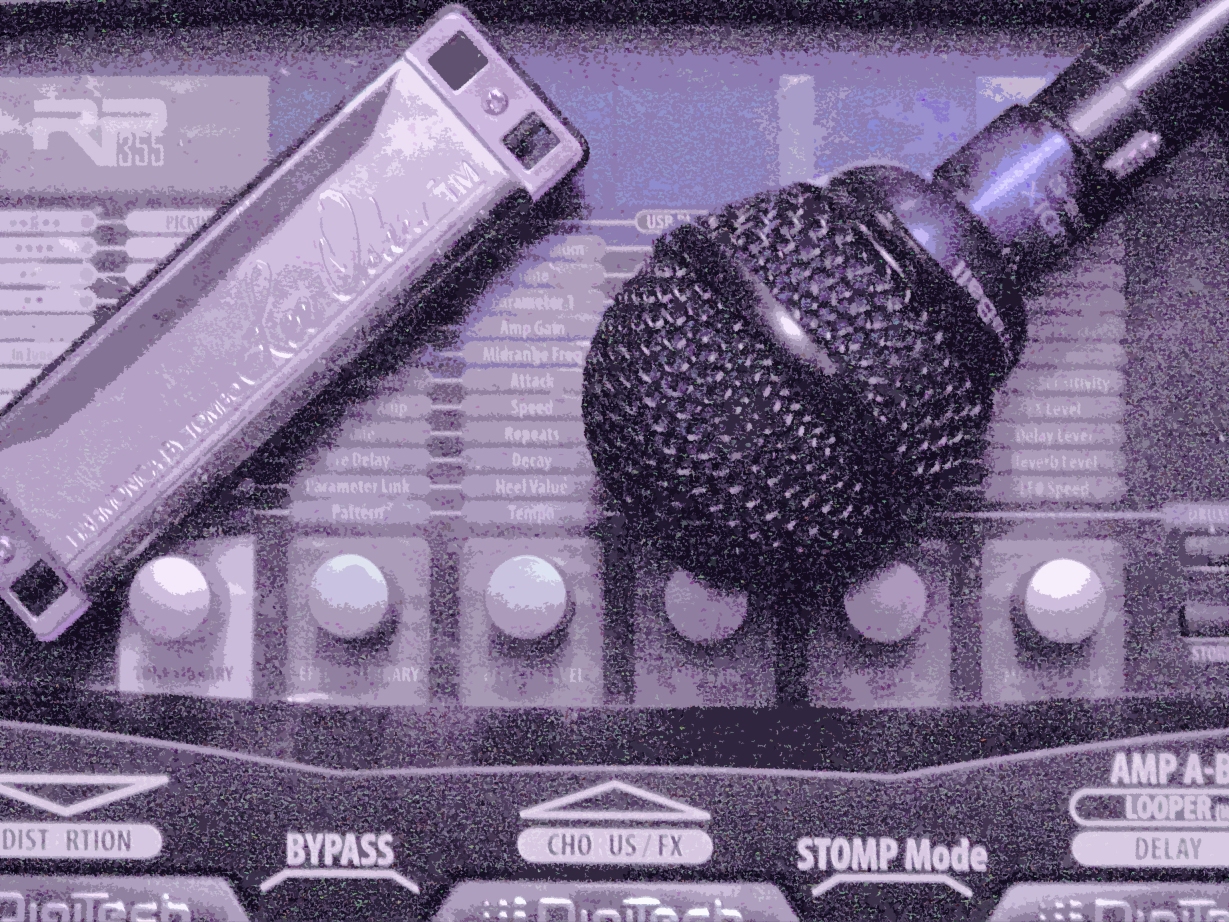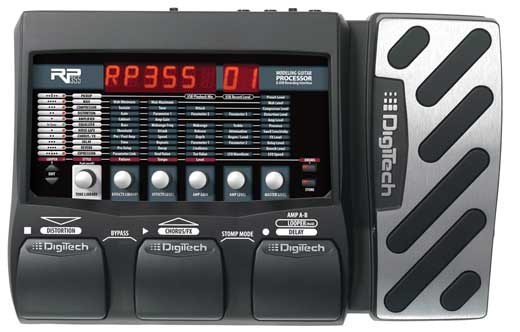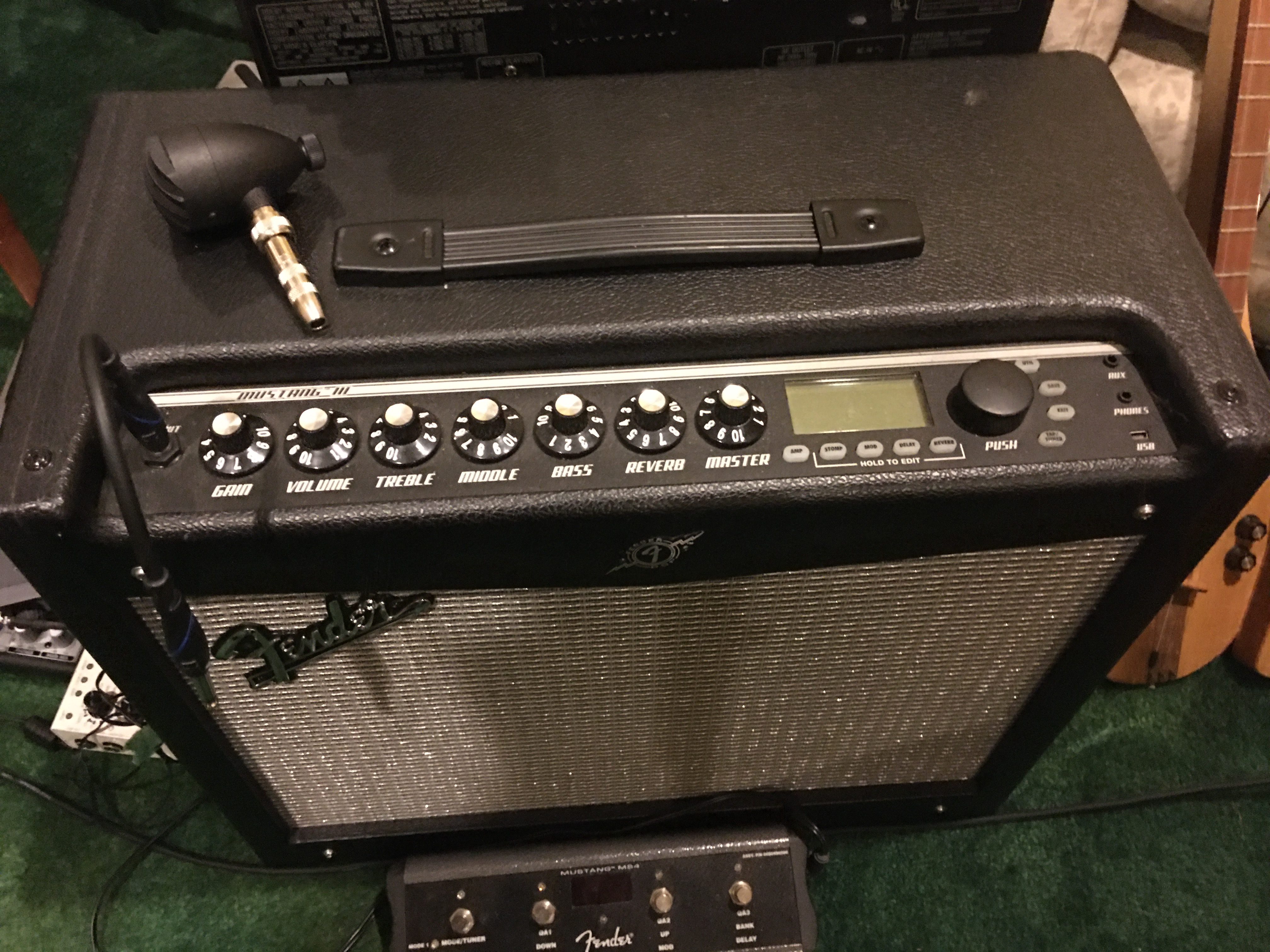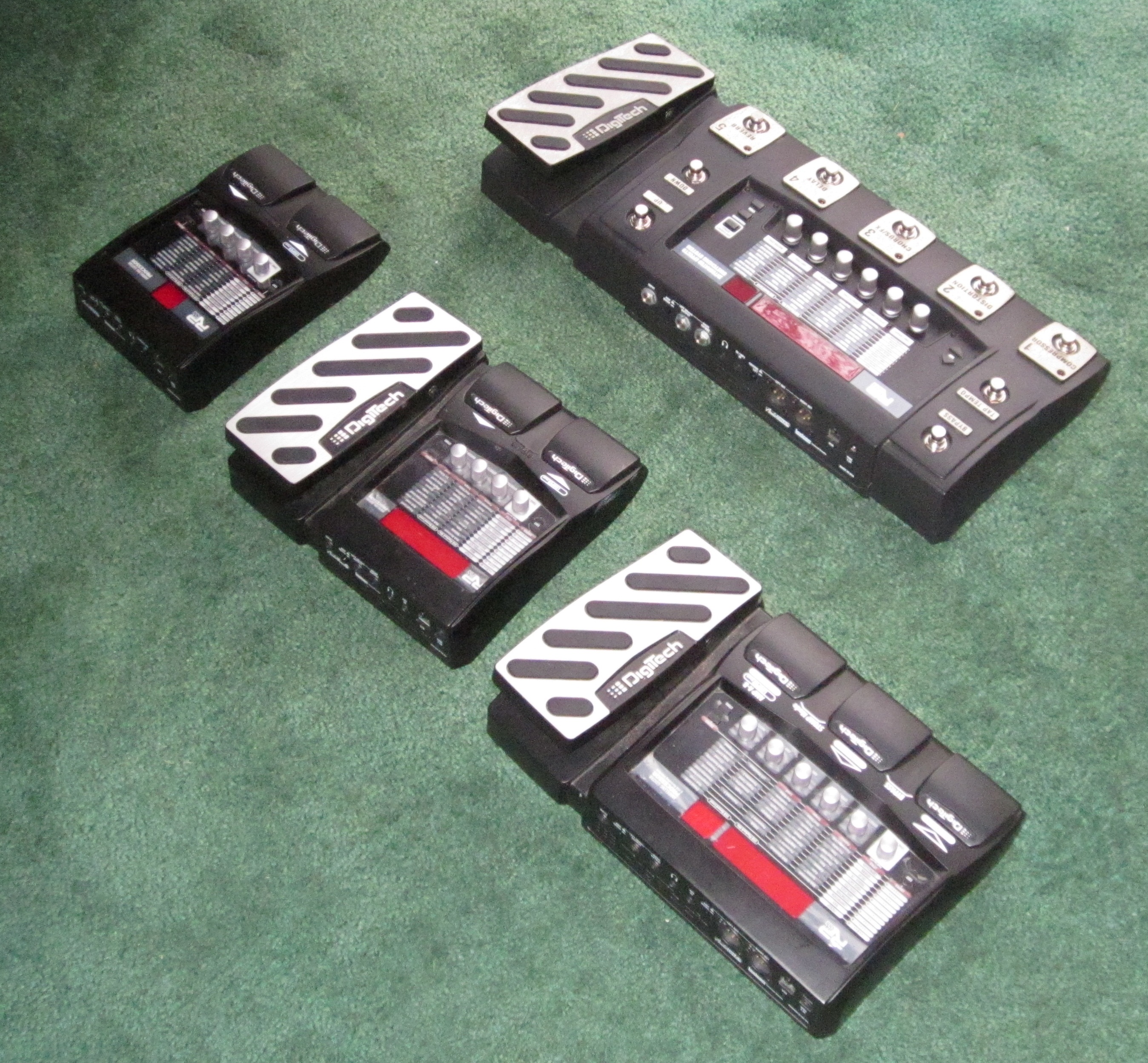
RP Tip #12: dealing with zipper noise
The RP250/255/350/355 and up allow you to assign the footpedal to any effect parameter you like, which gives you a lot of power to change the sound. (The RP155 doesn’t have a footpedal, though you can add one, which would make it about as expensive as a 255, so why not just buy the 255?) However, some FX parameters–like vibrato speed or depth–come with a side effect: modulating the effect parameter with the footpedal makes the RP put out “zipper noise”, the ugly sound of digital bits struggling to keep up.
Some people might like that sound, and if you were doing some kind of grunge music (I’m thinking Stone Temple Pilots) there’s a chance that it would add to the mood. But most of the time it’s not very cool–it just sounds like the machine is eating itself.
This isn’t the same as the weird pitch-shifting effects you get with some delay models when you work the delay time with the pedal. Those aren’t zipper noise–they’re a true-to-the-original aspect of the modeling. They’re doing what the original analog devices do when you turn the delay time control while an echo is playing.
There’s a workaround for the zipper noise, and I’m using it more and more frequently. Instead of programming the pedal to control vibrato speed or depth, I set the speed and depth to what I want for the song, and then I set the pedal to act as an on-off switch. Pedal down is full on. Pedal back is full off.
This denies you the coolness of controlling the depth or speed of the vibrato in real time, which can be amazingly emotional. But going to full on suddenly–and without zipper noise–has its own powerful coolness. It’s an instant state change. You have to notice it.
I’m going to use this setup for a lot of the patches in my next major revision to my RP patch sets, which should be ready in a few months. Stay tuned.
Related Posts
Leave a Reply
You must be logged in to post a comment.
WHAT’S NEW
Categories
- Audio/Video
- Blog
- Blue Future
- Digitech RP Tricks and Tips
- Discography, CDs, Projects, Info, Notes
- Featured Video
- For the Beginner
- Gallery
- Hunter's Effects
- Hunter's Music
- Huntersounds for Fender Mustang
- Meet the Pros
- More Video
- MPH: Maw/Preston/Hunter
- My Three Big Contributions
- Player's Resources
- Pro Tips & Techniques
- Recommended Artists & Recordings
- Recommended Gear
- Recorded Performances
- Reviews, Interviews, Testimonials
- The Lucky One
- Uncategorized
- Upcoming Performances
- Zoom G3 Tips and Tricks



